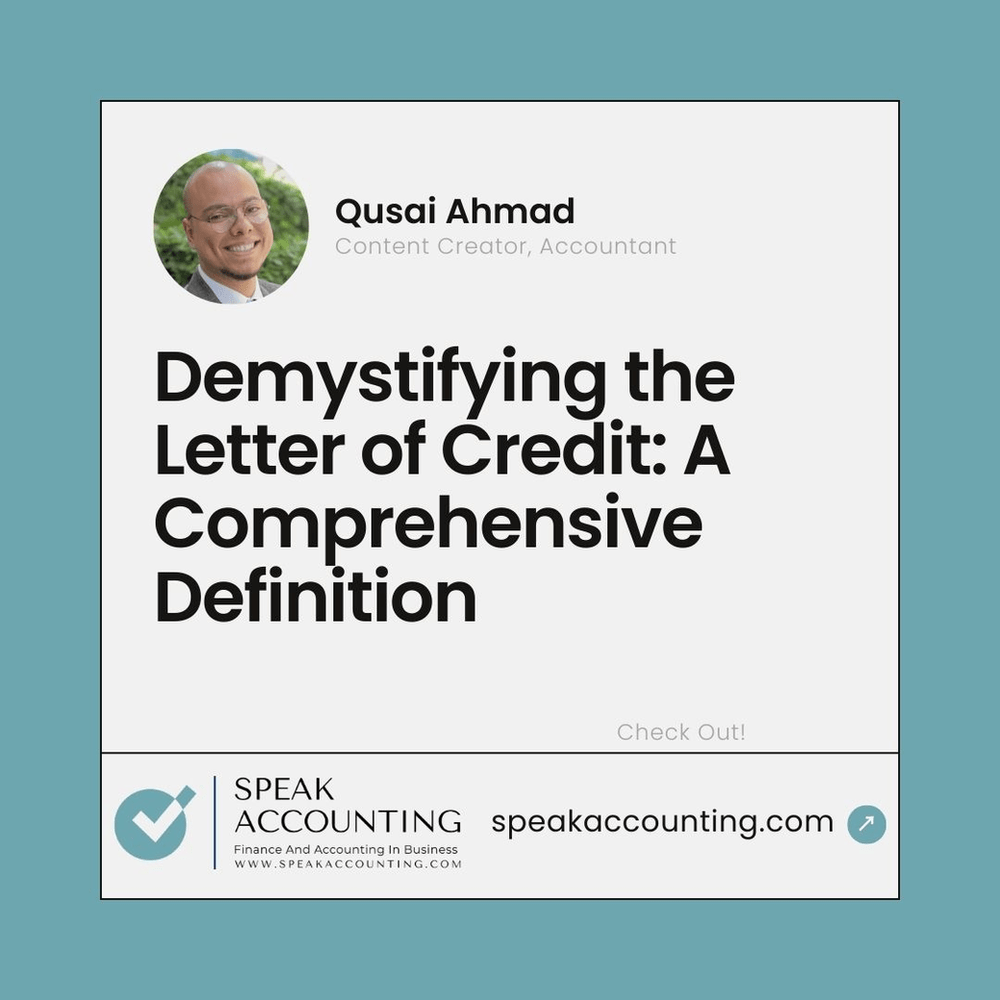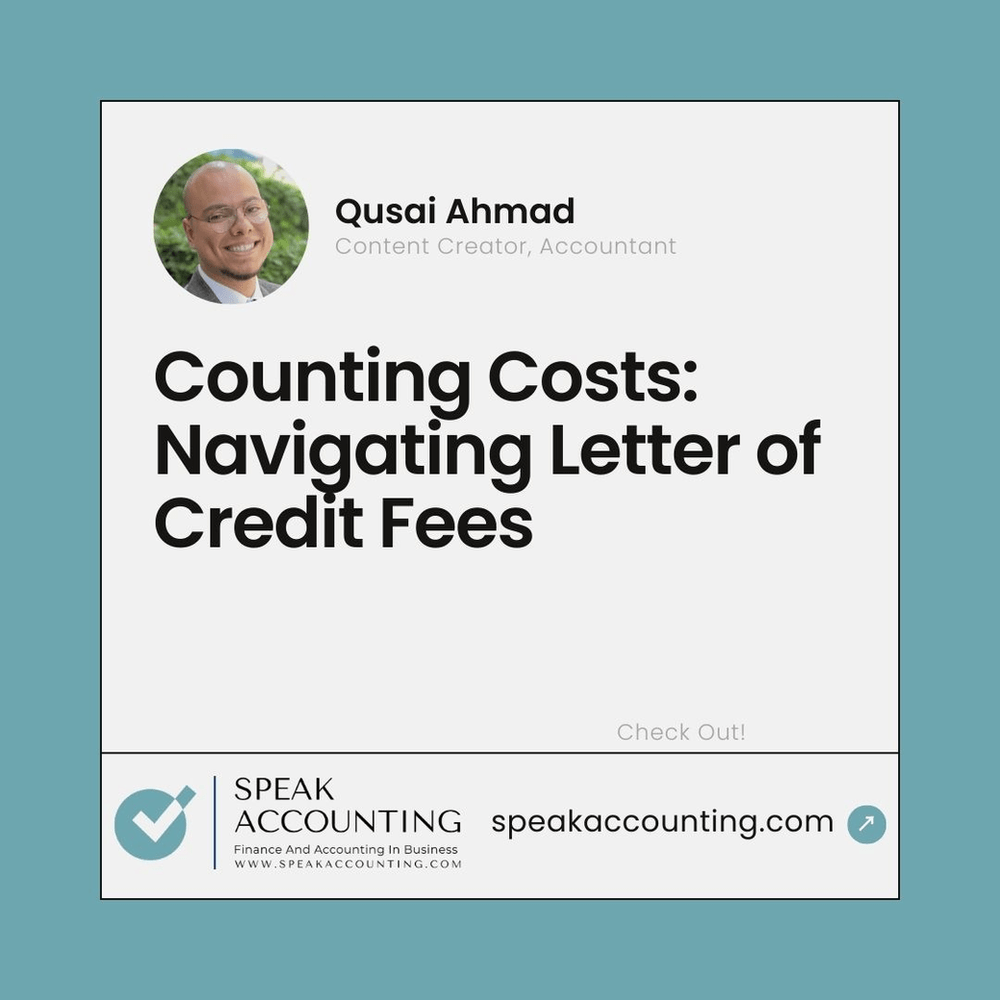Introduction
In the intricate tapestry of finance and business, understanding assets becomes paramount. This blog post is designed for beginners and investors looking to understand assets comprehensively. We will unravel their significance and illuminate their profound impact in various domains.
What are Assets?
In the financial lexicon, assets encapsulate resources with economic value owned or controlled by an individual, corporation, or country. These resources are pivotal in navigating the complex terrain of finance and business. They play a multifaceted role, acting as the lifeblood of financial and business operations. They are the cornerstone upon which economic transactions, investments, and strategic decisions pivot. But how does this apply to you as an individual or an investor? Let’s delve deeper.
Classification of Assets
Assets, a diverse clan, can be classified in several ways:
Tangible vs. Intangible assets: Tangible assets, such as real estate and machinery, possess a physical presence, while intangible assets, like patents and copyrights, derive their value from intellectual or non-physical attributes. For instance, a beginner might start with tangible assets like a savings account or a car. At the same time, an investor might look into intangible assets like stocks or bonds.
Current vs. Non-current assets: Current assets, readily convertible to cash within a short period, stand juxtaposed to non-current assets, which embody a longer-term investment horizon. A beginner might have current assets like cash or bank deposits. In contrast, an investor might have non-current assets like real estate investments.
Financial vs. Non-financial assets: Financial assets, exemplified by stocks and bonds, derive value from a contractual claim, while non-financial assets find worth in their tangible attributes. A beginner might start with financial assets like a savings account. At the same time, an investor might diversify into non-financial assets like gold or real estate.
How do you decide which type of asset to invest in as an investor? What factors should you consider?
Characteristics of Assets
Assets typically have three main characteristics:
Ownership: At the core of asset identity lies the concept of ownership. Possession or control delineates the boundaries between entities, establishing a framework for economic relationships.
Economic Value: The essence of assets is distilled in their economic value, representing the monetary significance they contribute to an individual, organization, or nation.
Future Benefits: Assets, like seeds sown, promise a harvest of future benefits. Whether in personal finance, business endeavors, or national economies, their utility extends across temporal boundaries.
How do these characteristics influence your investment decisions? Share your thoughts in the comments below.
Importance of Assets
Assets are essential in various contexts:
Personal finance: In personal finance, astute management of assets becomes synonymous with financial well-being. For example, John, a beginner in personal finance, started by saving a small portion of his income. Over time, these savings became a significant asset, helping him during a financial emergency.
Business operations: Business operations hinge on the judicious utilization of assets. For instance, a successful business owner strategically used her company’s assets, such as machinery and intellectual property, to increase efficiency and profitability.
National economies: Zooming out to a macroeconomic lens, assets form the bedrock of national economies. Natural resources, infrastructure, and intellectual capital collectively contribute to a nation’s wealth and prosperity.
Can you think of a time when understanding the importance of assets helped you make a better financial decision?
Measuring and Valuing Assets
There are several methods to measure and value assets:
Cost Principle: Assets are often calculated based on historical cost, embodying the principle that the value recorded should reflect the actual cost incurred during acquisition. For example, if you bought a house for $200,000, that’s its value based on the cost principle.
Market Value: In the dynamic landscape of finance, market value emerges as a pivotal metric, representing the current worth of an asset in the open market. For instance, the house you bought for $200,000 might now be worth $250,000 in the current market.
Net Realizable Value: Especially pertinent to businesses, net realizable value reflects the estimated selling price of an asset, considering factors such as market conditions and associated selling expenses.
Present Value of Future Cash Flows: A forward-looking approach involves assessing assets based on the current value of anticipated future cash flows, offering insights into their potential long-term value. For example, an investor might value a rental property based on the present value of the rent they expect to collect over time.
What method do you typically use to value your assets? Why?
Managing Assets
Effective asset management involves:
Asset Allocation: Strategic asset allocation forms the crux of effective portfolio management, ensuring a balanced distribution of resources across various asset classes to optimize returns. A simple 50/50 allocation between stocks and bonds can be a good start for beginners. For more experienced investors, a more complex allocation strategy might involve multiple asset classes and geographical regions.
Asset Diversification: Diversification, akin to a financial safeguard, involves spreading investments across different assets to mitigate risk and enhance the overall resilience of a portfolio. This could mean investing in stocks, bonds, real estate, and commodities.
Asset Turnover: In business, asset turnover measures the efficiency with which assets generate revenue, providing a metric for evaluating operational performance.
Do you have any tips or strategies for effective asset management? Could you share them with our readers?
Conclusion
In summation, the spectrum of assets spans from tangible wealth to intangible value, from individual financial planning to national economic prowess. The meticulous understanding and adept management of assets reverberate across the financial landscape, shaping destinies and influencing prosperity.
References
Citing sources of information ensures the integrity and reliability of the insights shared. Delve deeper into the realm of assets through the referenced works that form the foundation of this exploration into the intricacies of financial vitality.
Understanding Financial Assets
Asset Management Strategies
Importance of Tangible Assets
Glossary
Assets: Resources with economic value owned or controlled by an individual, corporation, or country.
Tangible Assets: Assets with a physical presence, such as real estate and machinery.
Intangible Assets: Assets that derive their value from intellectual or non-physical attributes, like patents and copyrights.
Current Assets: Assets readily convertible to cash within a short period.
Non-Current Assets: Assets that embody a longer-term investment horizon.
Financial Assets: Assets that derive value from a contractual claim, such as stocks and bonds.
Non-Financial Assets: Assets that find worth in their tangible attributes.




